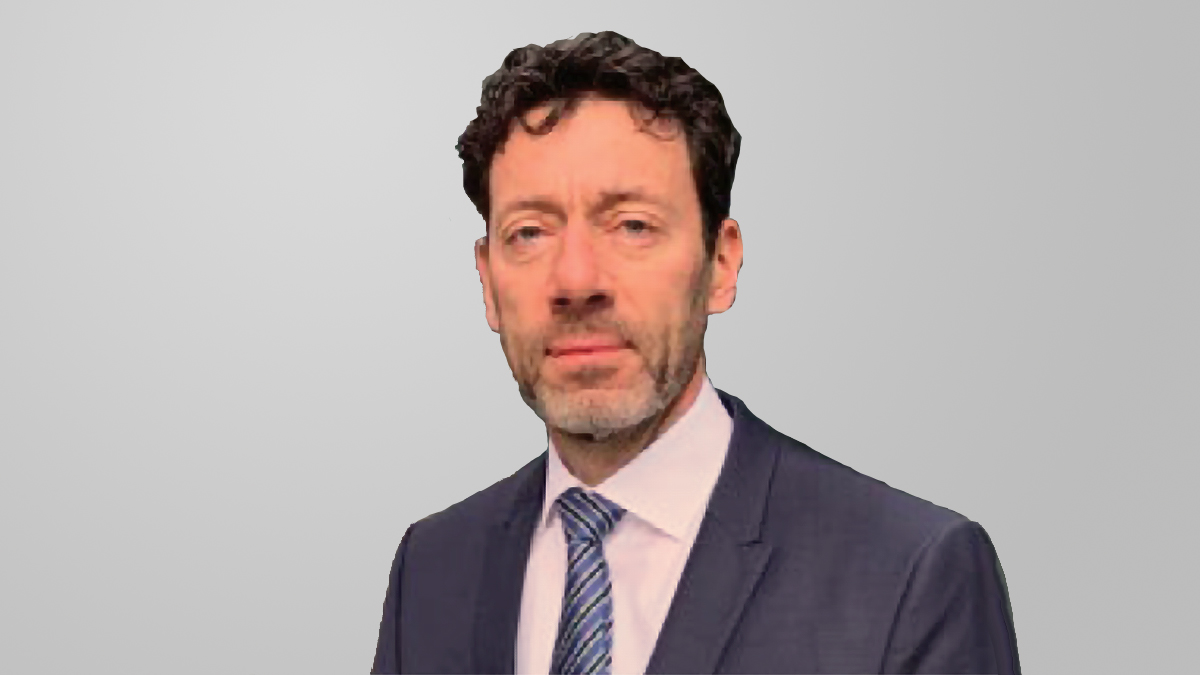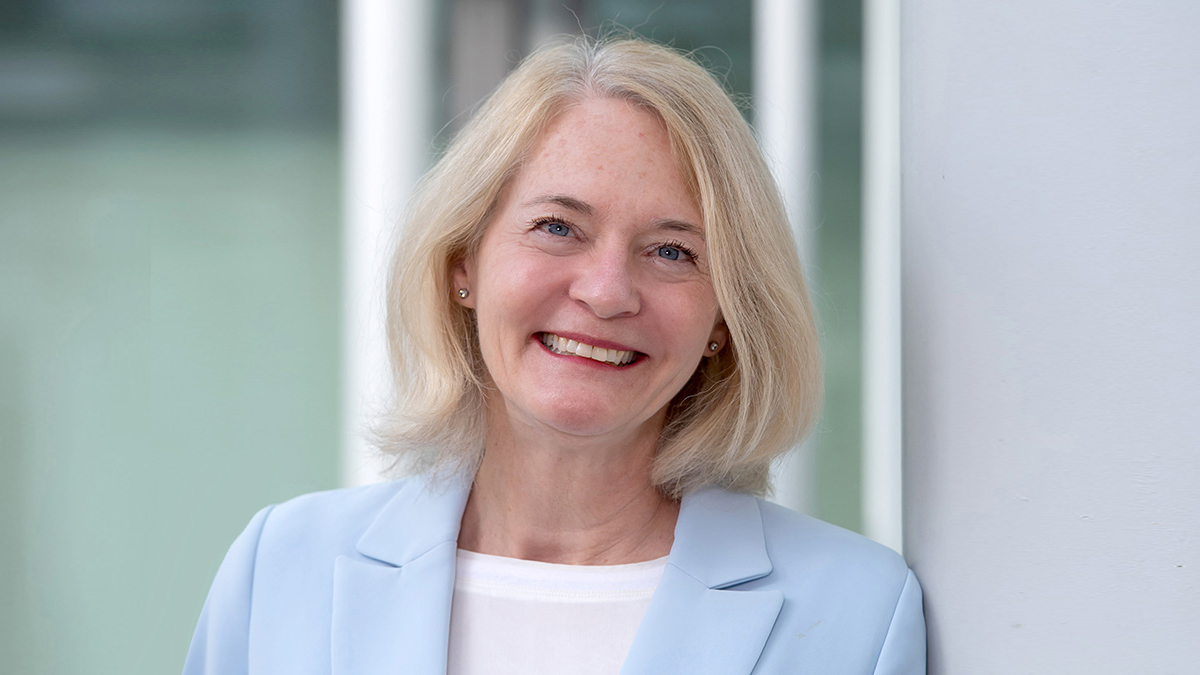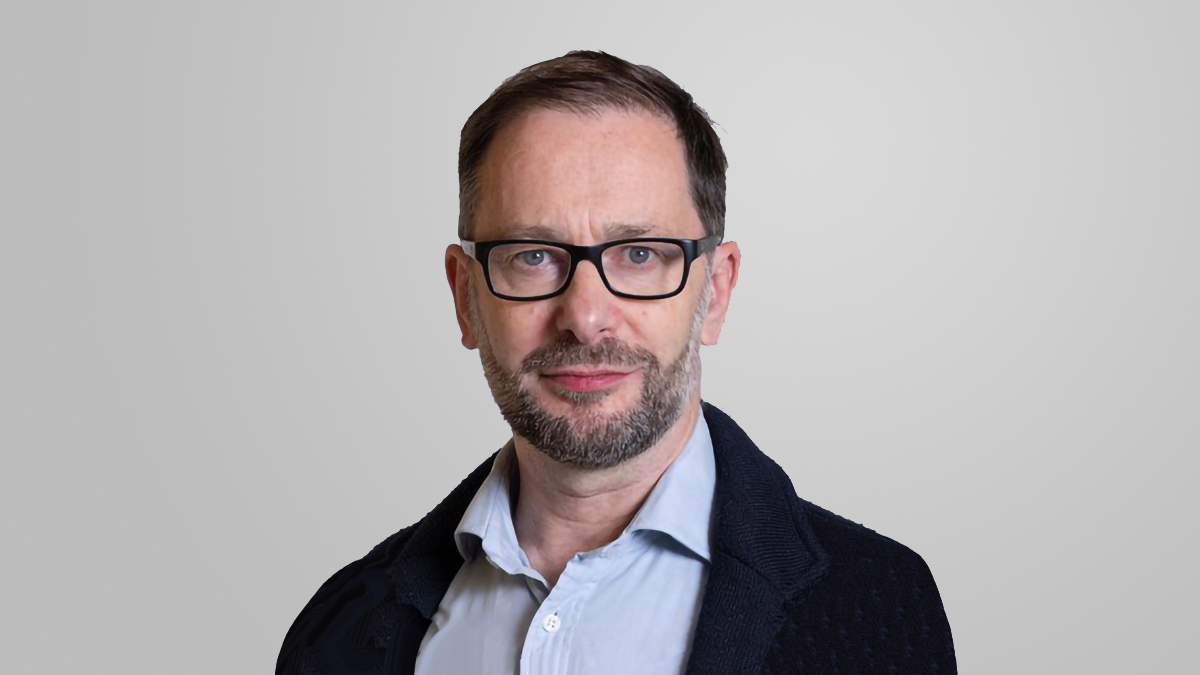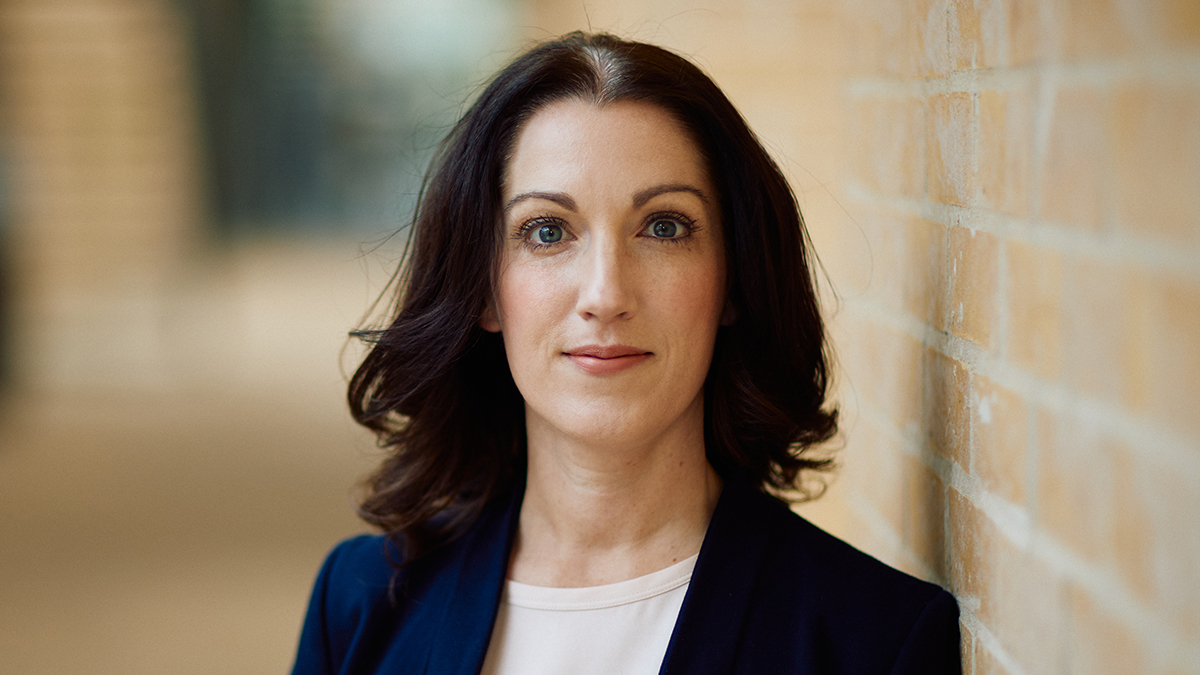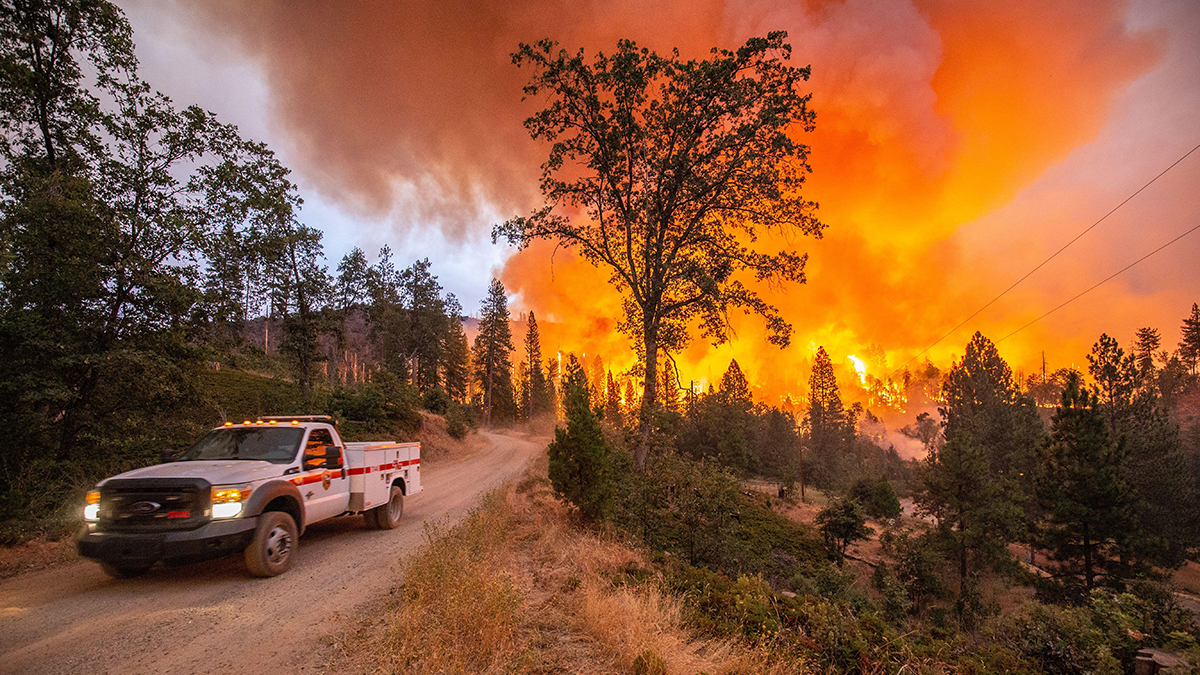Taking social good further through public-private partnerships
Ex-post is an inadequate response to climate disasters
Insurance helps societies get back on their feet, but through public-private partnerships, it can prevent them falling over again (and again)
There is an opportunity to use insurance not only as financial compensation after an extreme weather event but also as a mechanism for supporting climate risk reduction and even damage prevention.
Cop27 closed with a historic agreement to provide “loss and damage” funding for vulnerable countries hit hard by floods, droughts and other climate disasters. A transitional committee is working on recommendations for the new funding arrangements, with adoption of the fund itself planned for Cop28.
The UN’s secretary-general, António Guterres, also announced a $3.1bn plan to ensure that by 2027, everyone on Earth should be protected by early warning systems against increasingly extreme weather and climate change.
To aid this effort, Guterres convened an advisory panel of leaders from UN agencies, multilateral development banks, humanitarian organisations, civil society, IT companies and insurance. Michel Liès, chair of Zurich Insurance Group and chair of the Insurance Development Forum (IDF), is on this advisory panel.
Liès says the “intellectual contribution” the insurance sector can make to the Early Warnings for All Initiative is its risk modelling expertise. Any contribution to the initiative’s work in monetary terms will be made, at least initially, by the UN, he adds.
It is “natural”, he continues, for insurance to offer itself as “a bridge between the financial community and those impacted by climate change”.
Increasing awareness
The insurance sector has a long way to go, however, in bringing awareness of the role it can play in the global effort to address the impacts of climate risk.
“The banking industry reaches every nation but as insurers we are not yet at the level of an understanding of the added value we can bring to the fight against climate change,” Liès says.
“Through the industry’s capabilities and know-how, we can make the price of no action visible and what actions to take before an event to mitigate impact from climate disasters,” he says.
“We, as a society, still spend an enormous amount of money after the fact, but the same amount of money spent on prevention would probably be at least five times more efficient. The attraction for insurers from the Early Warnings for All Initiative is ex-ante investment to reduce disaster impacts, rather than paying after one has occurred.”
Therefore, he continues, in addition to working with countries on developing concrete risk management solutions, the IDF spends a great deal of time on advocacy to ensure both public and private organisations realise the potential of the insurance sector to increase understanding of and reduce the impact from climate risk-related disasters.
“We, as a society, still spend an enormous amount of money after the fact, but the same amount of money spent on prevention would probably be at least five times more efficient”
Michel Liès
Zurich Insurance Group
That potential is underscored by the IDF’s Global Risk Modelling Alliance (GRMA), which strives to correct the global imbalance in accessing data and tools to manage climate risk. At Cop27, Pakistan was announced as the GRMA’s first partner country.
The GRMA and the IDF’s Global Resilience Index Initiative sit alongside the IDF’s co-operation with the UN Development Programme (UNDP) and Germany’s federal ministry for economic co-operation and development, the Bundesministerium für wirtschaftliche Zusammenarbeit und Entwicklung (BMZ).
Risk modelling
An opportunity from the insurance sector’s ability to help tackle climate-linked disasters is found, Liès says, in “the difference between pure statistics and risk modelling”.
He says: “Risk modelling is not static and it definitely serves to anticipate events and showcase what can happen, also going beyond climate change. It also analyses risks from the concentration of wealth. For example, Louisiana was a desert at the beginning of the 20th century but today it is like Manhattan.”
Where insurers can undoubtedly make a difference, he adds, is through public-private partnerships, such as the IDF. “I know there are some people who pretend liberalism means everything should be private, while others pretend everything should be public, but climate risk is a challenge that requires co-operation,” Liès says.
The beauty of data, he continues, is it overrides political differences. “We should take advantage of our discrete position within the financial industry to increase the visibility of our risk modelling capabilities for those with political responsibilities. That is also what the IDF is trying to do.”
The IDF’s members include 18 companies from the insurance sector (insurers, reinsurers and brokers), but its membership is also open to multilateral organisations, non-governmental organisations and public sector institutions. Its members have the common goal of optimising and extending the use of insurance and its related risk management capabilities to build greater resilience and protection for people, communities, businesses and public institutions that are vulnerable to climate change and natural disasters and their associated economic shocks.
“The insurance industry can easily complement the work of the Disaster Risk Reduction unit of the UN or the loan capability of the World Bank,” Liès says.
The aim of this public-private partnership, he adds, is to impart and then nurture knowledge of risk management among governments, help close protection gaps and reduce the impact on governments from climate shocks.
“Our industry created the chief risk officer concept as recently as 40 years ago, which is late if you consider our industry was built on risk. Now, with the global risks from climate change, it would also make sense for every government to have a ‘country risk officer’,” he says.
Humanitarian solutions
Helping the governments of developing countries understand how insurance products and tools can increase their resilience to climate change is front and centre of the IDF’s Sovereign and Humanitarian Solutions (SHS) working group.
This is co-chaired by Ivo Menzinger, managing director for public sector business across Europe, the Middle East and Africa at Swiss Re.
The need for the SHS could not be clearer. According to Swiss Re, global economic losses from natural disasters amounted to $275bn in 2022 but, at $125bn, insured losses covered only 45% of the damage.
“Against the background of wanting to accelerate closing of the protection gap, the SHS engages with governments in developing countries on how they can use risk transfer more systematically than they have done in the past, because what has been missing for them is advisory capacity on what the insurance industry can do for sovereigns and sub-sovereigns,” Menzinger says.
The SHS is currently developing programmes in 18 countries. If all of this work “comes to fruition” as planned, Menzinger says, about 80 million more people will be covered by insurance against extreme weather events for the first time.
There is increasing interest in the potential role of insurance in risk reduction for which the industry’s knowledge base on risk modelling is becoming ever more important, he continues. “Plain vanilla” risk transfer has evolved, he says, thanks to parametrics, a tool that is used, for example, by CCRIF SPC.
This was formed in 2007 as the Caribbean Catastrophe Risk Insurance Facility – the first multi-country risk pool in the world – and was the first insurance instrument to successfully develop parametric policies backed by both traditional and capital markets.
However, a lack of data that could inform modelling climate risk in developing countries has not been the main hurdle to the IDF’s work, Menzinger says. “The issue has been much more about establishing demand because we can only act once a government has formally requested our help.”
Each applicant country must meet the eligibility criteria of the IDF, the UNDP and the BMZ.
Analytic tools
Once work begins, Menzinger stresses, they are soon made aware of how “super helpful” risk analytics tools, from the basic to the sophisticated, are. Often a developing country (for instance, Peru) lacks a database of public assets, which is needed to establish the degree of vulnerability its infrastructure has to earthquakes, for example. Such information can be collected and recorded using technology as simple as an app on a mobile phone, he adds.
The next step after the IDF’s “country-by-country approach”, he says, will be to address the challenge of the “ex-post versus ex-ante” response to natural catastrophes. For this, the SHS wants to engage more with humanitarian aid organisations, to help them develop pre-funding for disaster relief.
Menzinger says: “Risk management knowledge, processes and tools could be used to change the way crisis financing is currently arranged. The IDF’s working groups are not only open to insurance companies but also to their public sector counterparts and the World Food Programme and the Start Network, which comprises more than 80 humanitarian agencies across five continents, are already part of the SHS.”
“If there could be an insurance contract, which is itself an agreement for pre-arranged funding, stipulating ‘if X, Y or Z happens’, then the quicker the world can move to alleviate suffering”
Ivo Menzinger
Swiss Re
The SHS aims to have the concept for a pilot project on disaster risk financing in place by the end of this year. It is also committed to engaging in advocacy and making the case for insurance principles to play a role in ex-ante crisis funding.
The global figure for crisis risk financing trebled within a few years to $30bn last year and appeals for this year are expected to reach $50bn, Menzinger says. This is connected to climate risk, but also to conflict and other strains on the lives and livelihoods of people around the world.
Data from the Centre for Disaster Protection shows 55% of all crises can be predicted but less than 2% of crisis funding is pre-arranged. Moreover, it can take several months before financial aid reaches an afflicted country.
“If there could be an insurance contract, which is itself an agreement for pre-arranged funding, stipulating ‘if X, Y or Z happens’, then the quicker the world can move to alleviate suffering,” Menzinger says. “And if that contract had a parametric trigger element, which is particularly helpful for slow-onset events like drought, then there could be intervention before a crisis develops into a fully fledged disaster. For example, the trigger could be activated by a certain decline in rainfall and help the World Food Programme to receive funding faster.”
Global Shield
The SHS leads The Tripartite Programme, which brings it together with UNDP and BMZ in the climate risk financing space. This is working to achieve the “Vision 2025” of the InsuResilience Global Partnership (IGP) – financial protection against climate and disaster risk for 500 million people annually by 2025.
The IGP was launched during Germany’s G20 presidency in 2017, as a joint G20 and V20 initiative. The V20 (Vulnerable 20 Group) is an alliance of the finance ministers of the 55 countries that are most vulnerable to climate change. In 2021, 24 implementing programmes were operating under the InsuResilience umbrella with 324 projects in 108 countries.
During its G7 presidency in 2022, Germany launched the Global Shield against Climate Risks, which works towards comprehensive and active climate risk management worldwide.
“Joint efforts under the IGP have meant 150 million poor and vulnerable people benefited from climate and disaster risk finance and insurance (CDRFI) solutions in 2021 alone,” Astrid Zwick, head of InsuResilience Secretariat, says.
“However, funding for disaster response and recovery is still mainly arranged ex-post. Thus, important time to save lives and livelihoods is lost and the cost of disasters and their impact increases. Moreover, climate-fuelled risk has driven up the cost of capital and unsustainable debt levels across climate vulnerable economies, which has contributed to worsening financial protection gaps,” she adds.
Therefore, it is vital to address climate impacts by “swiftly redesigning” existing structures, since “more and better” CDRFI can reduce the impact of disasters.
The Global Shield is designed to increase protection for poor and vulnerable people by substantially enhancing pre-arranged finance, insurance and social protection mechanisms against disasters.
Zwick says: “Greater financial protection and faster and more reliable disaster preparedness and response will help to cost-efficiently and effectively minimise and address loss and damage exacerbated by climate change. To achieve its objective, the Global Shield will close urgent protection gaps in countries by designing, funding and facilitating interventions.
“Greater financial protection and faster and more reliable disaster preparedness and response will help to cost-efficiently and effectively minimise and address loss and damage exacerbated by climate change”
Astrid Zwick
InsuResilience
“All interventions will be based on national ownership and will work to ensure more systematic, coherent and sustained financial protection by scaling up existing CDRFI programmes and preparing country-specific, needs-based CDRFI support packages, including the scaling up of smart premium and capital support to address affordability barriers.”
Disaster risk reduction
The Centre for Disaster Protection (CDP), unveiled to the G20 by the UK government in 2017, urges the insurance industry to broaden its definition of the protection gap beyond property/casualty coverage.
The 30 years of risk modelling that underpin the insurance industry’s analysis of catastrophic losses could also support climate risk finance, according to the CDP’s lead risk finance adviser, Jonathon Gascoigne. “Intergovernmental Panel on Climate Change reports have highlighted in increasing detail the likely variations, mostly amplifications, of frequency and severity of extreme events such as heatwaves, heavy precipitation and droughts. Climate change and its consequences are already with us and its influence needs to be assessed,” Gascoigne says.
Industry analysts understand the risks of associated impacts on society are also composed of changes in exposure, such as urbanisation, and vulnerability to hazards, such as poverty. These components can also change more rapidly than atmospheric averages.
Technology
Advances in technologies such as satellite remote sensing provide greater global information availability, especially in data-scarce regions. Disasters should therefore “not come as surprises”, Gascoigne says, and this allows communities, governments and humanitarian organisations to change how they plan and pay for such crises and protect lives and livelihoods.
“A key task of insurance is to extend the limits of insurability so disaster risk financing can work alongside and incentivise disaster risk reduction,” Gascoigne says.
In this way, slower-onset climate impacts – for which he points out insurance is less well suited – can also potentially be ameliorated, within limits of adaptation.
The re/insurance sector has provided both underwriting capacity and technical assistance to the establishment of sovereign risk pools such as CCRIF SPC, African Risk Capacity (ARC) and the Pacific Catastrophe Risk Insurance Company. Gallagher Re is lead reinsurance broker to all three pools.
“A key task of insurance is to extend the limits of insurability so disaster risk financing can work alongside and incentivise disaster risk reduction”
Jonathon Gascoigne
Centre for Disaster Protection
Countries and perils that are less well studied by the industry, such as drought in sub-Saharan Africa, are seeing parametric insurance schemes established, linked to contingency planning for effective response.
“Rapid payout, along with crucial ‘last mile’ delivery, reduces exacerbation of negative coping strategies, such as people having to sell livestock or take children out of school,” Gascoigne says.
Humanitarian expansion of such climate risk insurance has been developed through innovations such as ARC Replica, where agencies including the Start Network and the World Food Programme purchase matching policies to increase coverage.
For high-income economies with higher insurance penetration, the re/insurance industry defines the impacts of climate hazards largely in terms of physical assets, but the poorest populations often have fewer of such assets, while being hit the hardest. One example of a helpful change to this definition Gascoigne points to is a recent project between broker WTW and Unicef. Their Child Cyclone Index captures the number of children exposed to tropical cyclones and identifies related relief needs. As with the risk pools, such projects geographically diversify re/insurers’ books of business.
There is also the challenge the humanitarian sector itself faces, Gascoigne adds, from ever-increasing needs for assistance from the impacts of climate change, conflict and food insecurity, for example, but with pressures on donor funding often leading to appeals being only 50% covered.
Paying for crises
The CDP has provided a series of Risk Transfer 101 blogs, which set out what humanitarian organisations need to consider when taking a fresh look at how they pay for crises – including the opportunities and challenges in exploring the suitability of insurance instruments in these complex contexts.
For example, an analogy exists between the international portfolios of insurers and globally allocated emergency response funds. Broker Aon is working with the International Federation of Red Cross and Red Crescent Societies on an insurance mechanism to protect and enhance the capacity of its Disaster Response Emergency Fund.
Eleanor Hevey, associate director at the CDP, highlights efforts to “showcase but also codify” private sector responses to climate adaptation and resilience initiatives. For example, Marsh McLennan is joining forces with the Atlantic Council’s Arsht-Rockefeller Foundation Resilience Centre, the UN’s Race to Resilience team and the UN High-Level Climate Champions. Together, they aim to advance the re/insurance sector’s action on climate adaptation.
“There has been traction in how to measure and categorise efforts to mitigate climate change, but this is an attempt to do the same for adaptation and resilience,” Hevey says.
“It’s an example of how different groups and sectors are sharing information to ladder up together, rather than have a porridge of initiatives, so that we can all make a wider and more coherent contribution.”
“There has been traction in how to measure and categorise efforts to mitigate climate change, but this is an attempt to do the same for adaptation and resilience. It’s an example of how different groups and sectors are sharing information to ladder up together”
Eleanor Hevey
Centre for Disaster Protection


